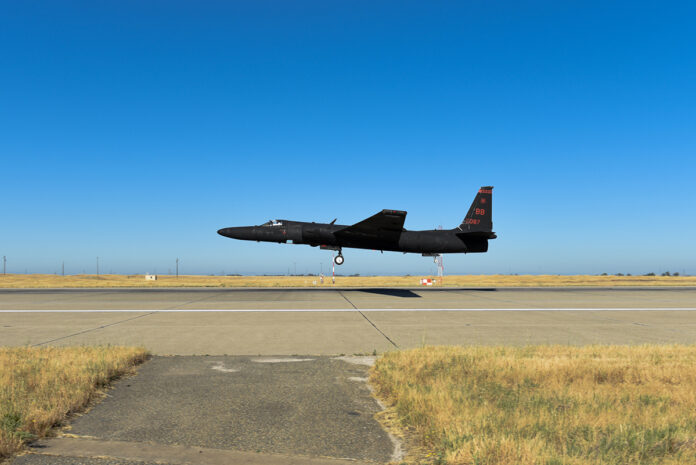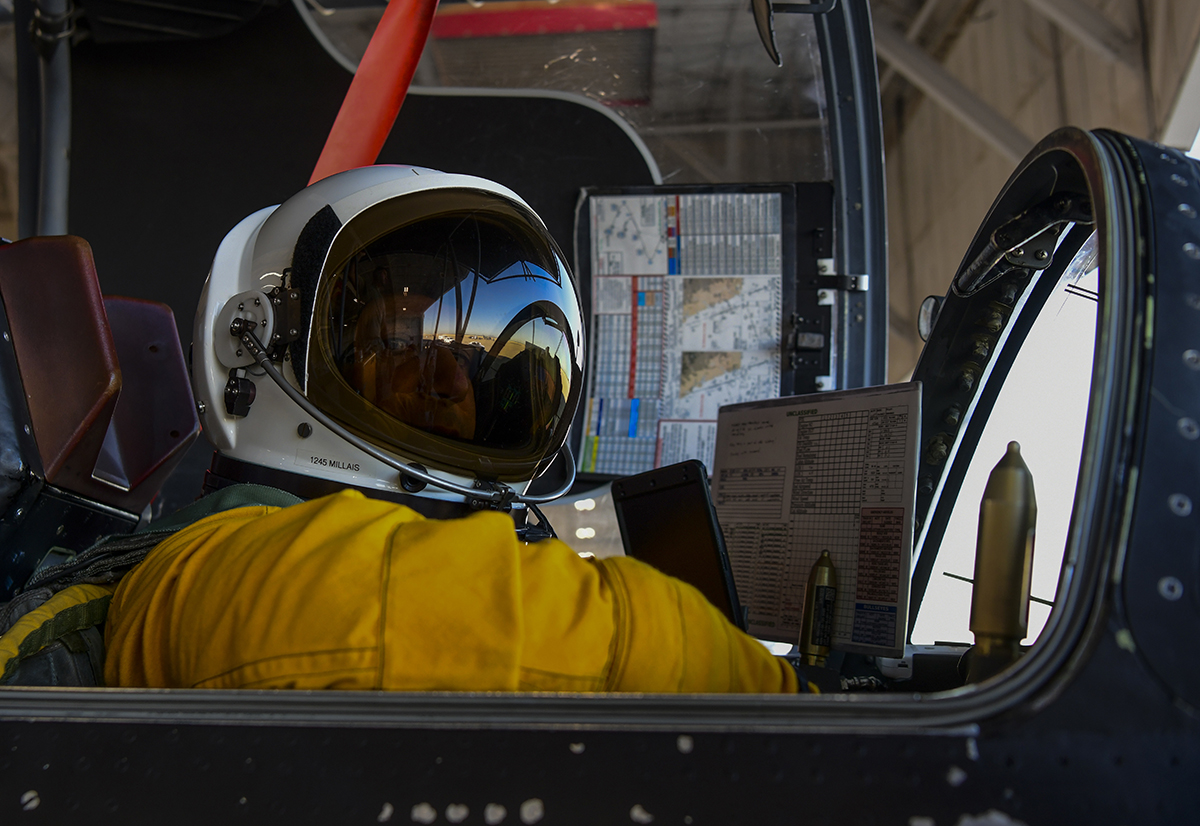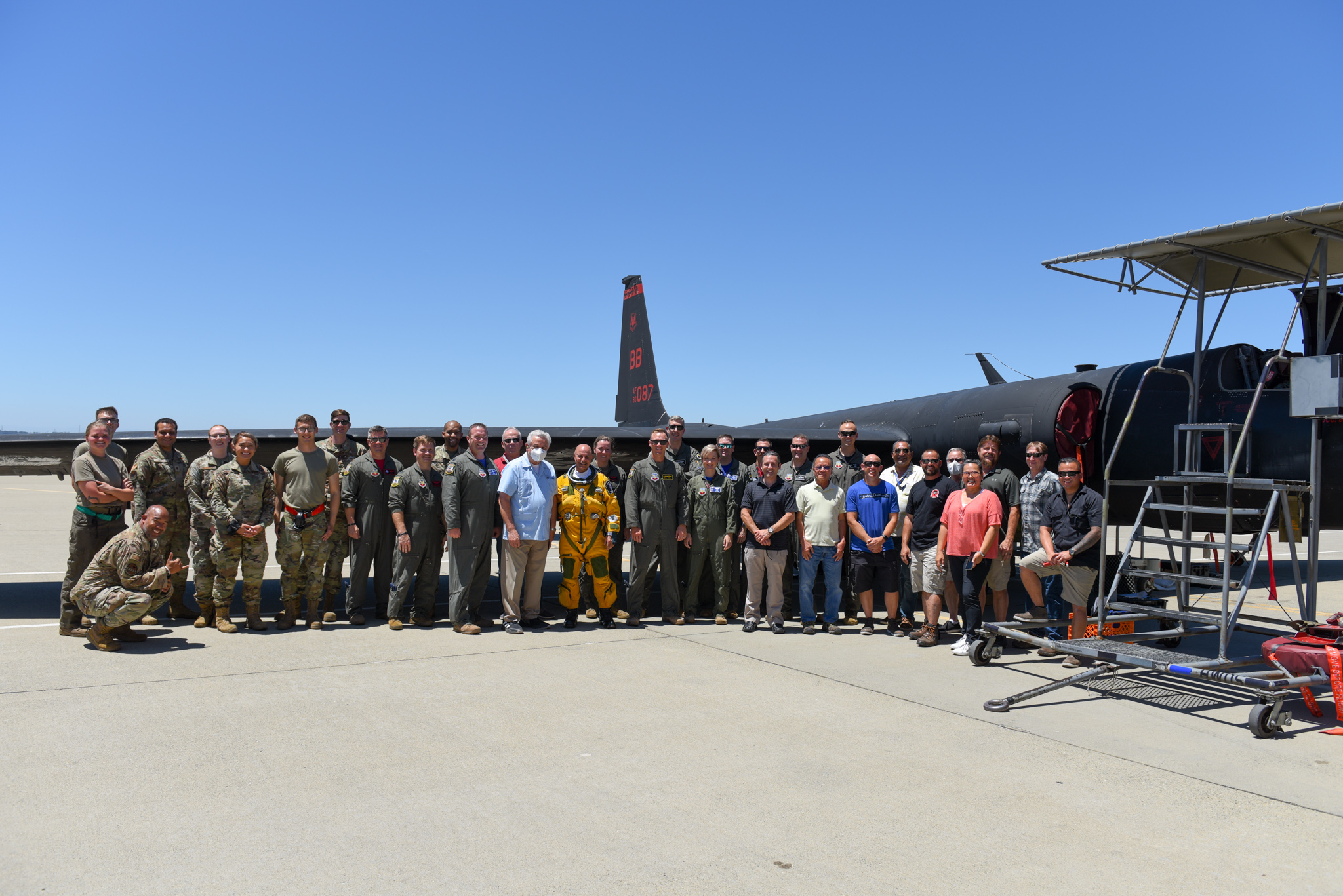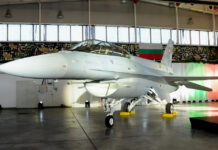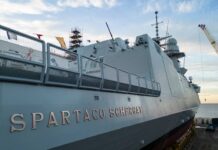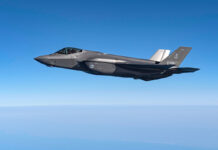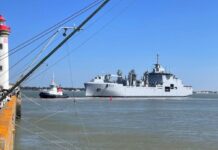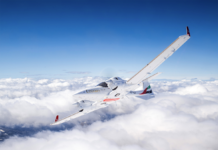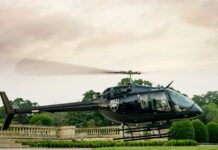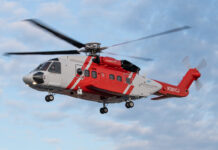The Air Force’s high-altitude, all-weather reconnaissance aircraft, the U-2 Dragon Lady, recently flew Beale Air Force Base’s last Optical Bar Camera mission.
The OBC mission, which captures daylight acquisition of high-altitude photographs, will transition to forward operating locations supported by the National Geospatial-Intelligence Agency. This move allows processors to consolidate film closer to mission-required reconnaissance collection.
Adam Marigliani, Collins Aerospace engineering support specialist.
“This event closes a decades-long chapter for Beale AFB and film processing, and it opens another chapter into the digital world,”
Collins Aerospace works alongside Beale AFB’s 9th Intelligence Squadron to download OBC imagery from global U-2 missions in support of Air Force objectives.
The OBC mission operated out of Beale AFB for close to 52 years, with the first U-2 OBC deploying from Beale AFB in 1974. Pulled from the SR-71, the OBC was modified and flight-tested to support the U-2 platform, replacing the long-standing IRIS sensor. While the IRIS’s 24-inch focal length provided widespread coverage, the OBC’s 30-inch focal length allowed for significantly greater resolution.
Lt. Col. James Gaiser, 99th Reconnaissance Squadron commander.
“The U-2 retains the capability to fly the OBC mission worldwide and, if called upon, to execute in a dynamic force employment capacity, all U-2 pilots will retain the knowledge and skills to employ the sensor through a variety of mission sets and operation locations to meet priority intelligence collection needs of the geographic combatant commanders as tasked, with a growing need for more diverse collection requirements, the U-2 program will evolve to maintain combat relevance with a variety of C5ISR-T capabilities and combat air forces integration roles.”
The OBC deployed to support various missions, including Hurricane Katrina relief, the Fukushima Daiichi Nuclear Power Station incident, as well as operations Enduring Freedom, Iraqi Freedom, and Combined Joint Task Force Horn of Africa.
When operating over Afghanistan, the U-2 imaged the entire country every 90 days and units across the Department of Defense used the OBC’s imagery to plan operations.
The end of the OBC at Beale AFB allows for mission units and partners to focus a greater weight of effort on emergent capabilities, tactics, techniques, and procedures, as well as concepts of employment directly supporting pacing threat problem sets to advance the overall mission of the 9th Reconnaissance Wing.


